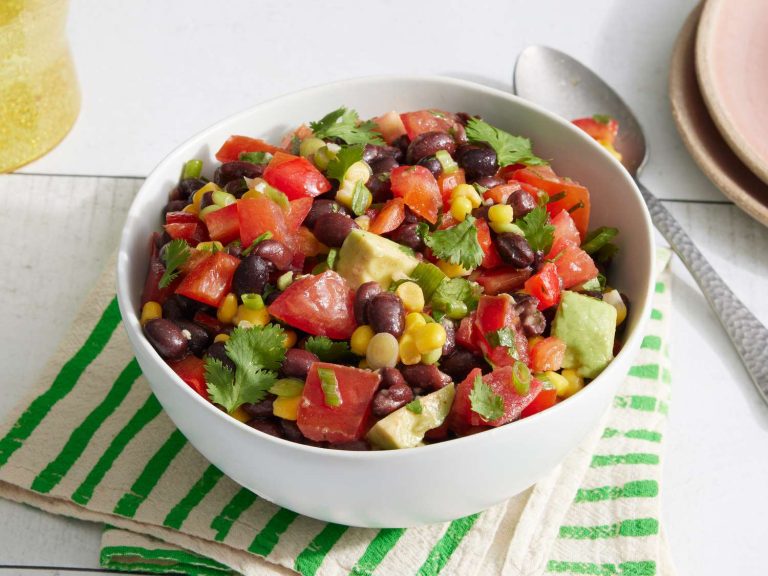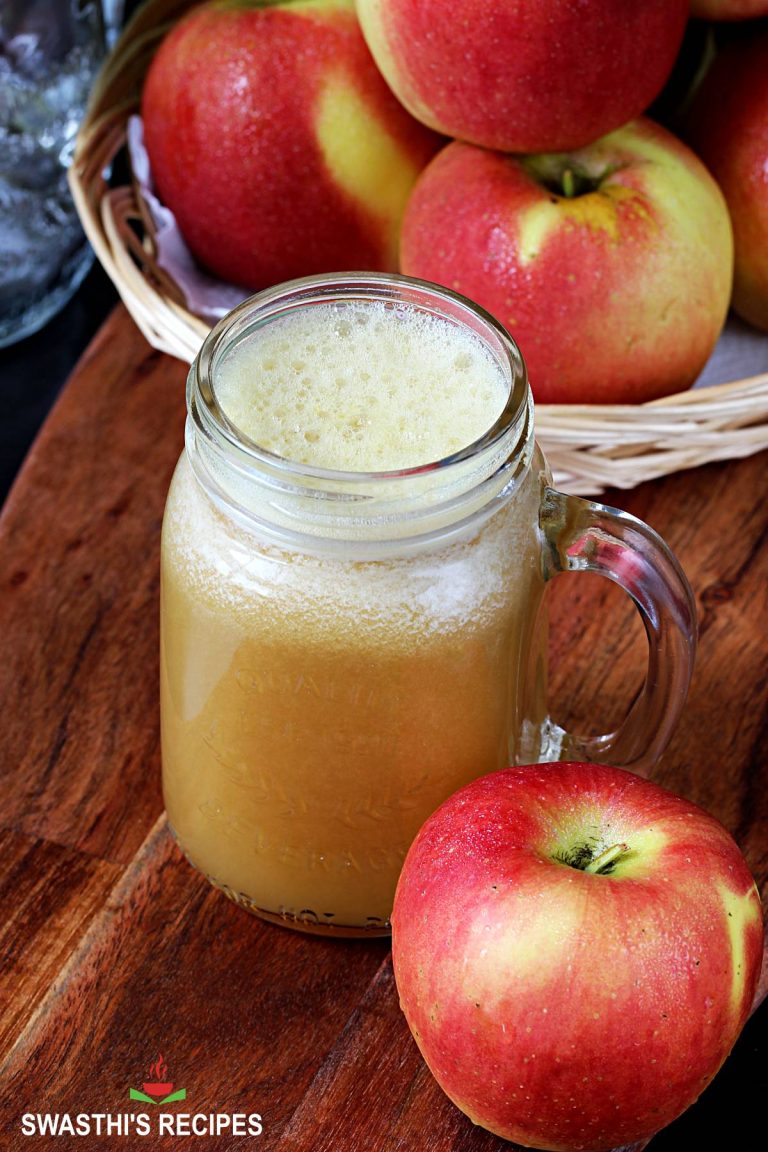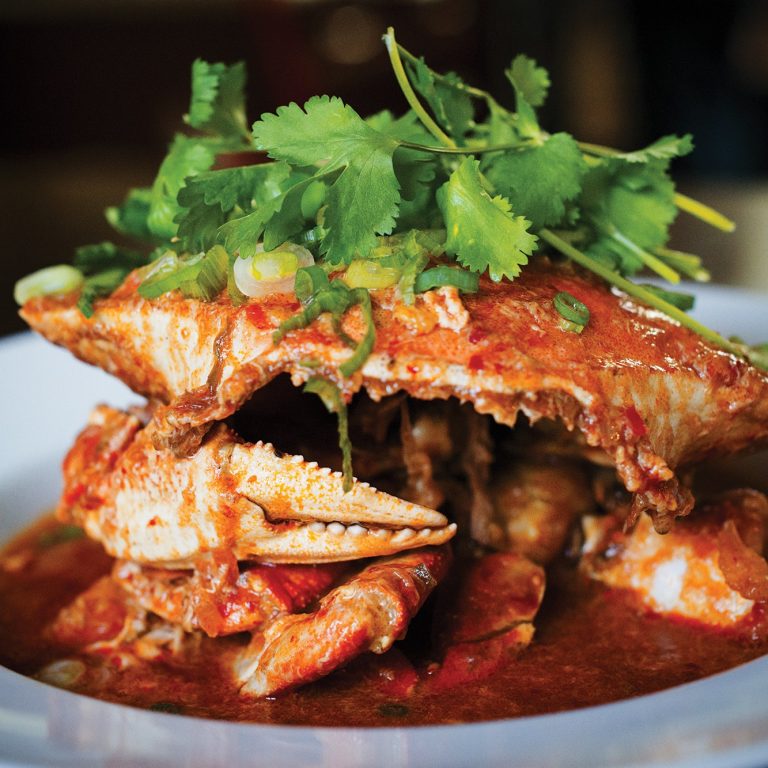Satay Sauce: History, Ingredients, Health Benefits, and Delicious Uses
Satay sauce originated in Southeast Asia, particularly in Indonesia, Malaysia, and Thailand. It’s believed to have been created by street vendors who served skewered meat with the sauce to travelers and locals. The sauce blended local ingredients like peanuts, soy sauce, garlic, and spices. Indonesian satay, among the oldest variations, became known for its unique flavor profile. Satay sauce quickly became a staple in many regional cuisines.
Spread and Popularity Globally
Satay sauce spread globally through trade and cultural exchanges. Asian immigrants introduced it to new regions, popularizing the sauce beyond Southeast Asia. Western countries embraced the distinctive taste, incorporating it into restaurant menus and home cooking. By the late 20th century, satay sauce appeared in various international dishes, reflecting its widespread acceptance. Today, you can find satay sauce in supermarkets worldwide, showcasing its global popularity.
Key Ingredients in Satay Sauce
Peanuts as the Core Component
Peanuts serve as the backbone of satay sauce, providing its distinct, rich flavor and creamy texture. Ground peanuts are traditionally roasted to enhance their taste before blending. The nutty essence forms the base, balancing the sauce’s other flavors. If you’re making satay sauce at home, use unsalted roasted peanuts or peanut butter as substitutes for ground peanuts.
The Role of Spices and Seasonings
Spices and seasonings impart depth and complexity to satay sauce, turning it from a simple peanut mix into a flavorful condiment. Common spices include chili powder, turmeric, and coriander; their distinct, aromatic properties elevate the sauce. Garlic, ginger, and shallots enhance its robustness, while soy sauce and lime juice add a savory, tangy dimension. Palm sugar or brown sugar is often incorporated to bring a subtle sweetness.
How to Make Traditional Satay Sauce
Preparation Techniques
To make traditional satay sauce, gather all your ingredients. Key components include roasted peanuts, coconut milk, soy sauce, garlic, and various spices.
- Roast the Peanuts: Use a dry skillet to roast your peanuts until golden brown. This process enhances their flavor and aroma.
- Blend Ingredients: Combine the roasted peanuts, garlic, shallots, and ginger in a blender or food processor. Blend until smooth.
- Cook the Puree: Transfer the peanut mixture to a saucepan. Cook over medium heat, stirring continuously to prevent burning.
- Add Liquids: Pour in coconut milk, soy sauce, and a bit of water. Stir well to mix everything evenly.
- Season the Sauce: Add palm sugar or brown sugar, lime juice, chili powder, turmeric, and coriander. Adjust the seasoning to taste.
- Simmer: Let the sauce simmer for about 10 minutes until it thickens.
Variations Across Cultures
Various cultures have their own versions of satay sauce, incorporating locally available ingredients and flavor profiles.
- Indonesian: Focuses on sweet and spicy flavors. Ingredients like palm sugar and kecap manis (sweet soy sauce) are prevalent.
- Malaysian: Often includes more aromatic spices such as lemongrass and galangal, adding a robust and complex taste.
- Thai: Known for a balance of sweet, sour, salty, and spicy elements. Fish sauce and tamarind paste are common additions.
- Western Adaptations: Incorporate additional ingredients like peanut butter for convenience, and sometimes omit traditional spices for a simpler flavor profile.
These cultural variations ensure that satay sauce remains versatile and adaptable, catering to different culinary preferences and traditions.
Culinary Uses of Satay Sauce
As a Marinade
Satay sauce enhances the flavor of various proteins when used as a marinade. You can marinate chicken, beef, or tofu in satay sauce for at least two hours to allow the flavors to penetrate deeply. The mixture of peanuts, garlic, and spices tenderizes the meat, making it suitable for grilling or baking. The sauce acts as both a tenderizer and a flavoring agent, ensuring a rich, savory taste.
As a Dipping Sauce
Satay sauce serves as a popular dipping sauce for appetizers and snacks. It’s typically paired with skewered meats, spring rolls, or vegetables. You can warm the sauce slightly before serving to enhance its peanut and spice flavors. For a more versatile option, consider thinning the sauce with a bit of coconut milk. This makes it easier to dip and adds a creamy texture. The balance of sweet and savory notes perfectly complements a variety of dishes.
Health Benefits and Nutritional Facts
Nutritional Components
Satay sauce contains vital nutrients due to its ingredient profile, contributing to a balanced diet. Peanuts, the main ingredient, are a rich source of healthy fats, protein, and fiber. Each tablespoon of satay sauce has around 95 calories, with 8 grams of fat and 4 grams of protein.
Garlic and ginger, common add-ins, offer antioxidants and anti-inflammatory properties. Spices like turmeric provide curcumin, known for its health benefits, including anti-inflammatory and antioxidant effects. Coconut milk, often used in traditional recipes, adds a source of medium-chain triglycerides (MCTs), which are beneficial fats.
Soy sauce adds a savory flavor but also contributes sodium, which you should monitor if you follow a low-sodium diet. Ensuring the balance of these components can help make satay sauce a nutritious addition to your meals.
Dietary Considerations
For those with dietary restrictions, satay sauce can be adaptable. If you have a peanut allergy, substitute peanuts with other nuts like almonds or cashews. For a low-sodium version, use a reduced-sodium soy sauce or coconut aminos.
Vegans and vegetarians can easily include satay sauce in their diet, as its base ingredients are plant-based. To ensure a gluten-free variant, confirm all ingredients, particularly the soy sauce, are certified gluten-free.
People on a keto or low-carb diet can enjoy satay sauce by moderating the quantity of coconut sugar or honey used in the recipe. Checking nutritional labels and altering your satay sauce recipe can accommodate various health and dietary needs, ensuring both enjoyment and nutrition.
Conclusion
Satay sauce’s rich history and global appeal make it a versatile addition to any kitchen. Its unique blend of traditional ingredients offers a flavorful experience that’s adaptable to various culinary styles. Whether you’re using it as a marinade or a dipping sauce, satay sauce can elevate your dishes with its depth of flavor. With its nutrient-rich profile and customizable options for different dietary needs, this sauce can be both delicious and health-conscious. Embrace the versatility of satay sauce and enjoy the delightful fusion of taste and nutrition it brings to your meals.






